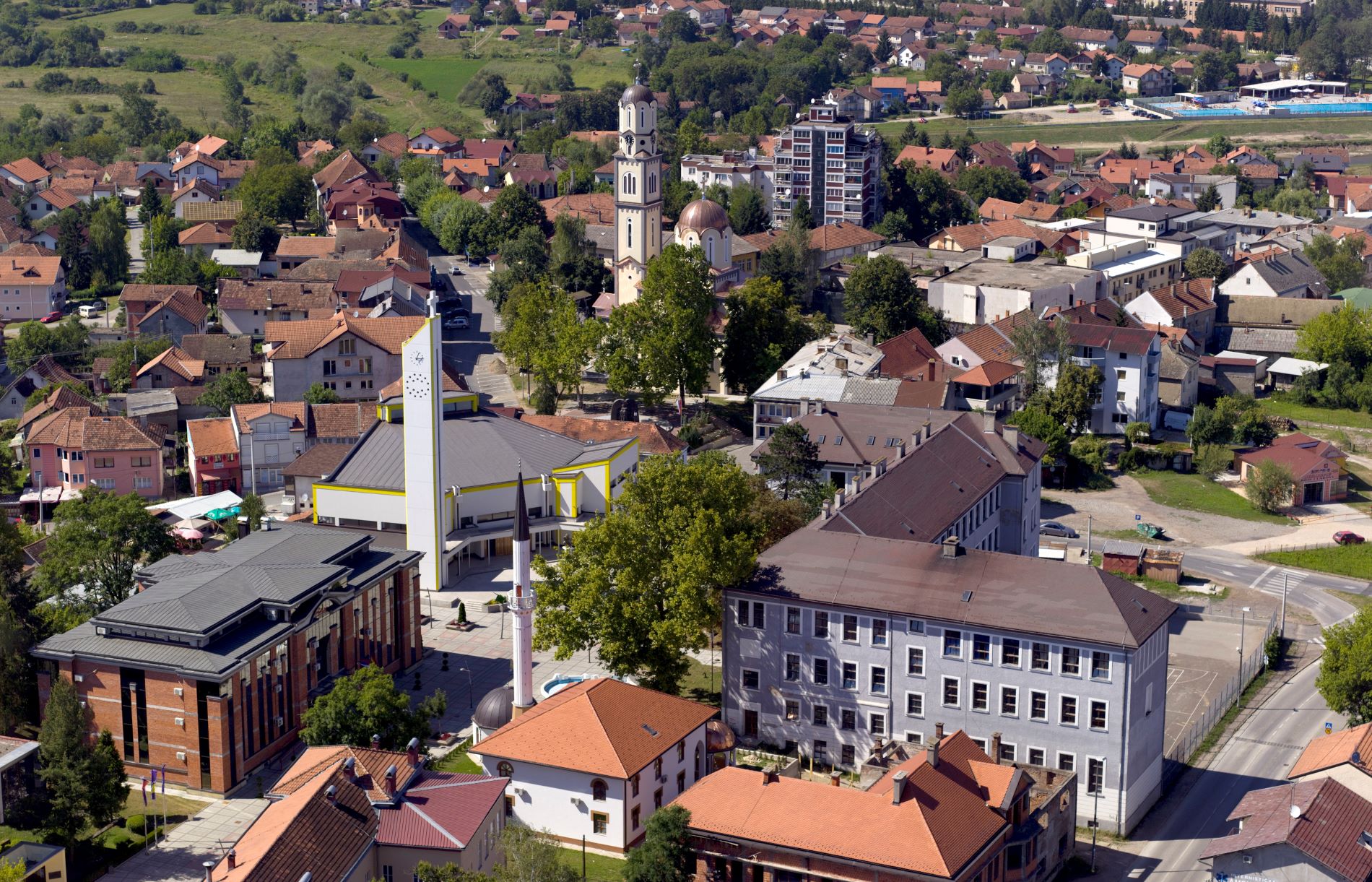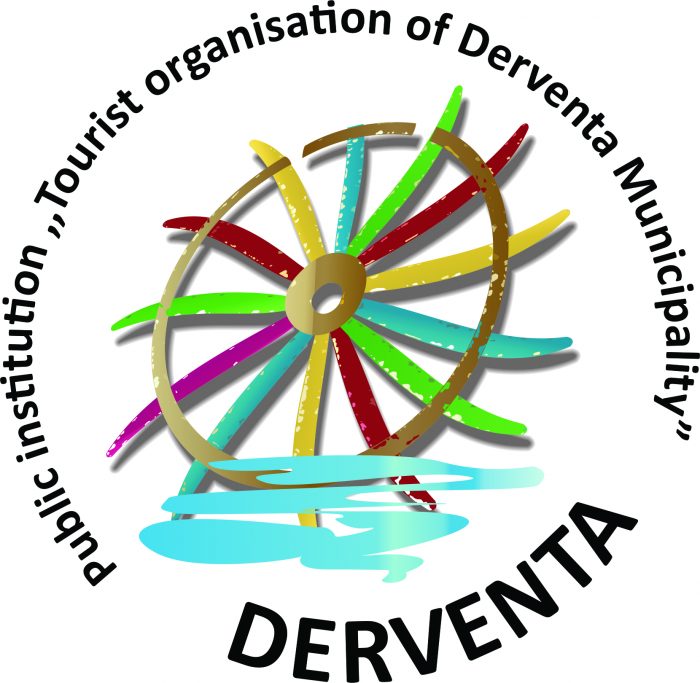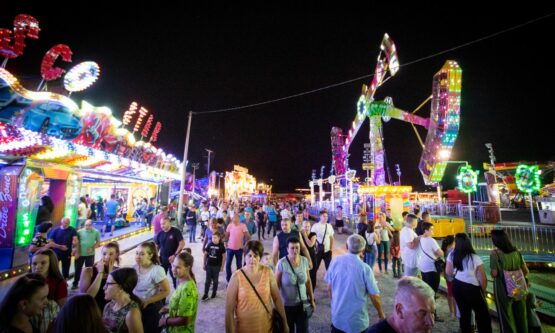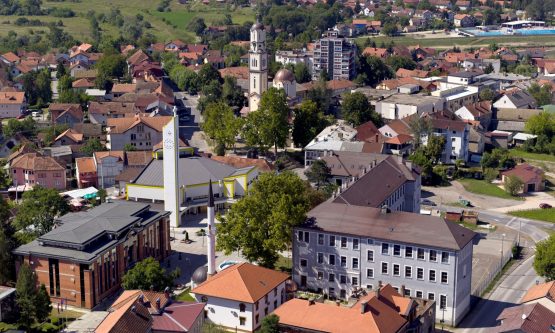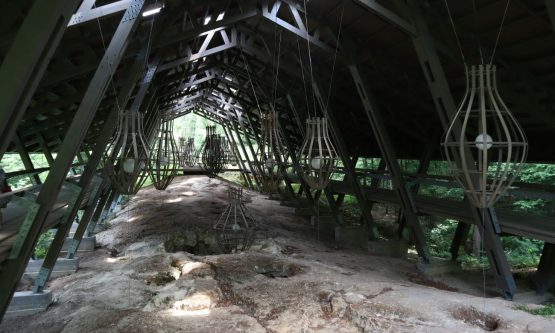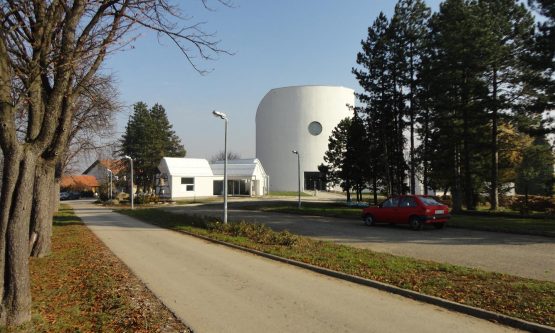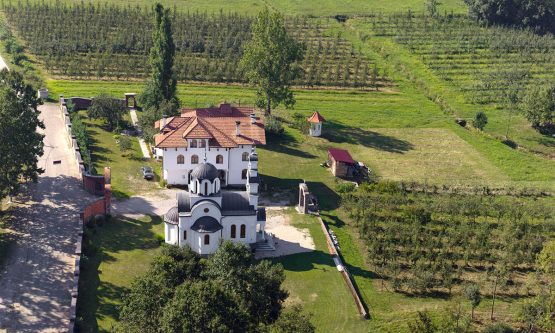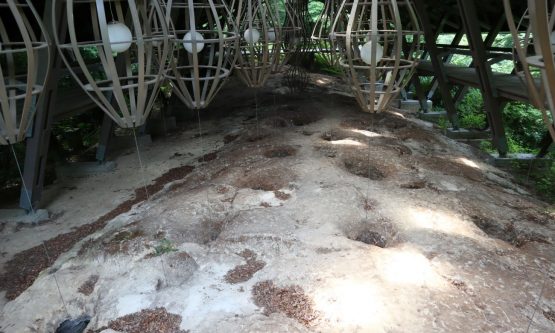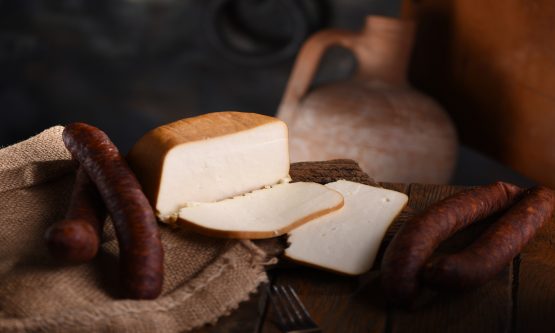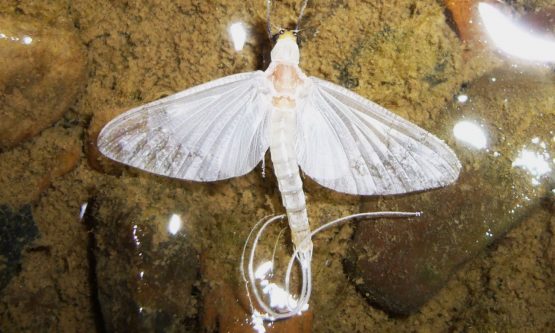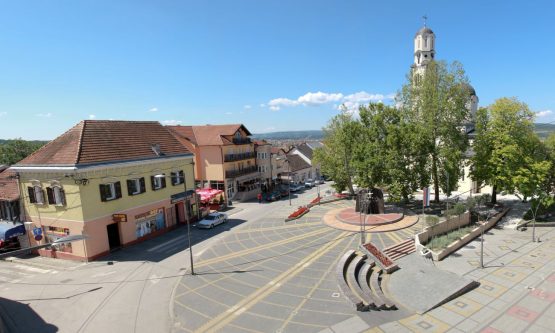Welcome to Derventa
Derventa is located in the northeast part of Republic of Srpska between the rivers Una on the west and Drina on the east.
All available historical evidence and scientific research suggest that the Derventa area has always been ideal for living due to favorable climate and the abundance of vegetation.
Derventa is a modern city that has been developing its economy and infrastructure rapidly in the past few years. In the city center, couple of hundred meters apart from each other, we can see buildings that showcase the centuries of historical heritage through the various styles of architecture. This part of the city is its cultural and administrative core and it is a witness to the coexistence of members of different confessions.
The municipality of Derventa is famous for its clean and well-arranged squares and renovated facades. On the Orthodox square stands the newly built church of Dormition of the Mother of God. Apart from the new church, there is a monument to the fallen soldiers of Defensive-Patriotic war.
On the Liberty square we can find the National Library “Branko Radicevic”, the building of elementary school “Nikola Tesla” which originates from the Austro-Hungarian period. A couple of religious objects are in the near vicinity – Ali-aga mosque, Donjac mosque, Gornjac mosque and the cathedral of Holy George the Martyr.
Culture
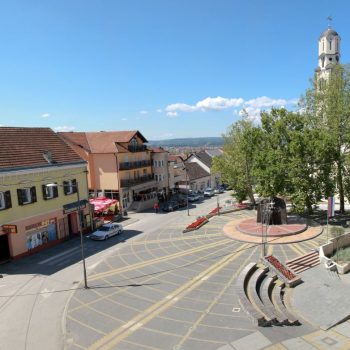
The main promoters of culture in Derventa municipality are public institutions Cultural Center and National Library Branko Radicevic, which holds a museum collection.
The most important cultural-historical localities are: Kultural-historical complex Detlak and
- Archaeological locality “Ambarine”.
Nature
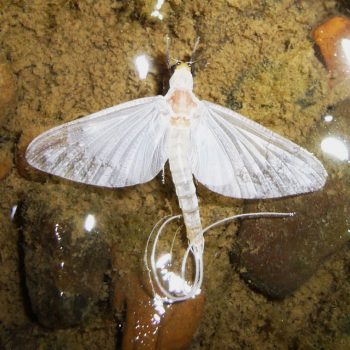
Natural wealth of this municipality is represented by rivers Ukrina and Sava, and Motajica mountain.
The most interesting attribute of Ukrina is the so called “Ukrina river blooming”, the phenomenon of water flower.
Insects – butterflies that are in forms of larvae in their first 3 years of life, spend a few hours in August swarming over the river surface, thus creating an awe inspiring image.
Gastronomy
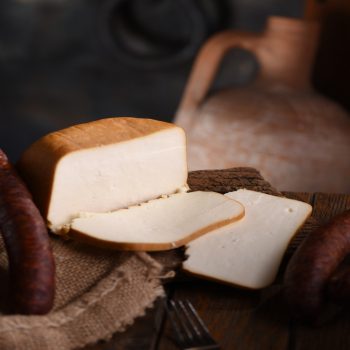
Kalenderovci cheese is a famous traditional high fat cheese in Derventa municipality. It was named after the village of Kalenderovci where its mass production first started after WWII. An agricultural cooperative was established then which procured milk from the local village households.
It is made when unprocessed milk (jomuza) is boiled and then vinegar is added. In the past, whey was used instead of vinegar. People used to add pork, veal or sheep belly to the mix. After that, milk proteins would turn into crumbs (coagulation) and form cheese, while the whey was spilled away. Then salt was added and the cheese was placed into wooden molds made of linden, sized 13x13x13cm. Then the water from the cheese got extracted by placing 3kg stones on top of the cheese blocks. The cheese was dried from 3 to 6 days in a dark and ventilated room. It takes 10 liters of milk for one block of cheese. Smoke can be used in the process as well so this can become smoked cheese.
Tourist organization of Derventa
Cultural-historical complex Detlak
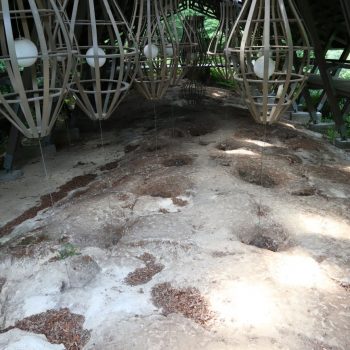
Cultural-historical complex Detlak was declared a cultural good of great importance in 2010. Total area of the first preservation zone of the complex is 8684 m2.
The complex is located in the west part of Derventa municipality in the village of Donji Detlak, 14km away from the Derventa city itself and 2km away from the Derventa-Prnjavor road. It lies between the rivers Ukrina and Lupljanica on a high plateau comprised of many tertiary limestone terraces. The complex comprises of monastery church of St. Elijah with dormitory, summer house, old school building with graveyard, old necropolis, monk cave with cells and ambarina (wheat ground holes).
Cultural-historical complex Detlak consists of monastery church with medieval necropolis, wheat ground holes (ambarina) and a cave. Ambarina are actually 23 ground holes in stone placed on a steep stony cliff right next to the Orthodox monastery church of St. Elijah by the road to Donji Detlak. The cave is actually a hole in the rock made by human hands, and it reminds of an altar of some kind of worshipping place. This most likely used to be a monk cell or some other smaller religious object.
Cultural-historical complex Detlak, 8684 sq. meters of area. This complex was declared a cultural good of great importance, and it is comprised of monastery church of St. Elijah with dormitory, summer residence, old school building, graveyard, necropolis and monk cave with cells. The most important monastery’s treasure is the Detlak Euchologion.
Archaeological locality “Ambarine”
Ambarine (Hambarine) are holes in the ground with a small opening, wide middle part and narrow bottom. Besides Detlak, they can also be found in villages Gornja Lupljanica, Osinja and Draznica.
Archaeological research from 2009 included all openings that were found in this area, and it was established that most likely these holes were used as some kind of storage. Due to the lack of historical evidence, it is hard to pinpoint the date of their construction.
By comparing them to wheat holes found in the other parts of the Balkans, the research from 2014 concluded that those were food repositories, most likely wheat. They most likely originate from the late Middle Age, and they were also used during the Ottoman period.
The concept solution of Detlak complex was projected in 2010, and the roof was constructed in 2014 and 2015.
The Monastery of the Protection of the Holy Virgin Mary
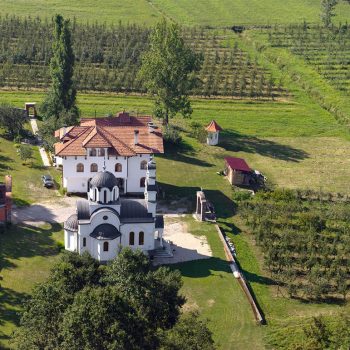
The Monastery of the Protection of the Holy Virgin Mary – located in the village of Donja Bisnja, it consists of the monastery church of the Protection of the Holy Virgin Mary, parecclision (small church), two-story dormitory, old house with museum collection and orchard, and the administrative building is under construction. The monastery is located in the river Bisnja valley on the family Djekic household, not far away from the local Derventa-Kalenderovci road. It is 6km away from Derventa itself.
The monastery church was built from 2002 to 2006 when it was consecrated. It has one Byzantine style nave, with 3 apses, one dome and a distaff-shaped bell tower.
Plehan – Franciscan convent
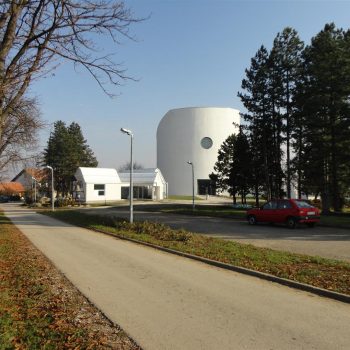
Convent Plehan is the Roman Catholic religious object located in the village of Kovacevci. Standing atop the Plehan hill (315m), it is not far from the Velika, Gornji Bozinci and Modran road intersection.
The ferman (Turkish decree) for the construction of the Plehan church was issued by the Turkish sultan Abdulmecid in 1850. The construction lasted from 1869 to 1874, while the convent was built from 1870 to 1874.
Derventa fair
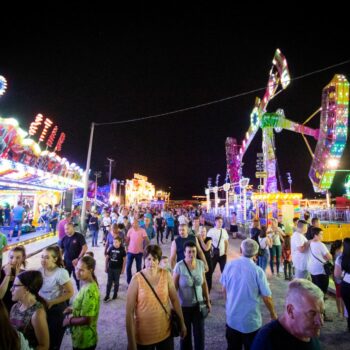 This has always been without a doubt the most attractive and widely popular traditional Derventa manifestation. It has been held for more than a century in late August, gathering not only the people from Derventa but also tens of thousands other visitors from around the globe.
This has always been without a doubt the most attractive and widely popular traditional Derventa manifestation. It has been held for more than a century in late August, gathering not only the people from Derventa but also tens of thousands other visitors from around the globe.
The Derventa fair has always been related to the festivity of Dormition of the Mother of God, which has also recently become the patron saint day (slava) of the municipality.


